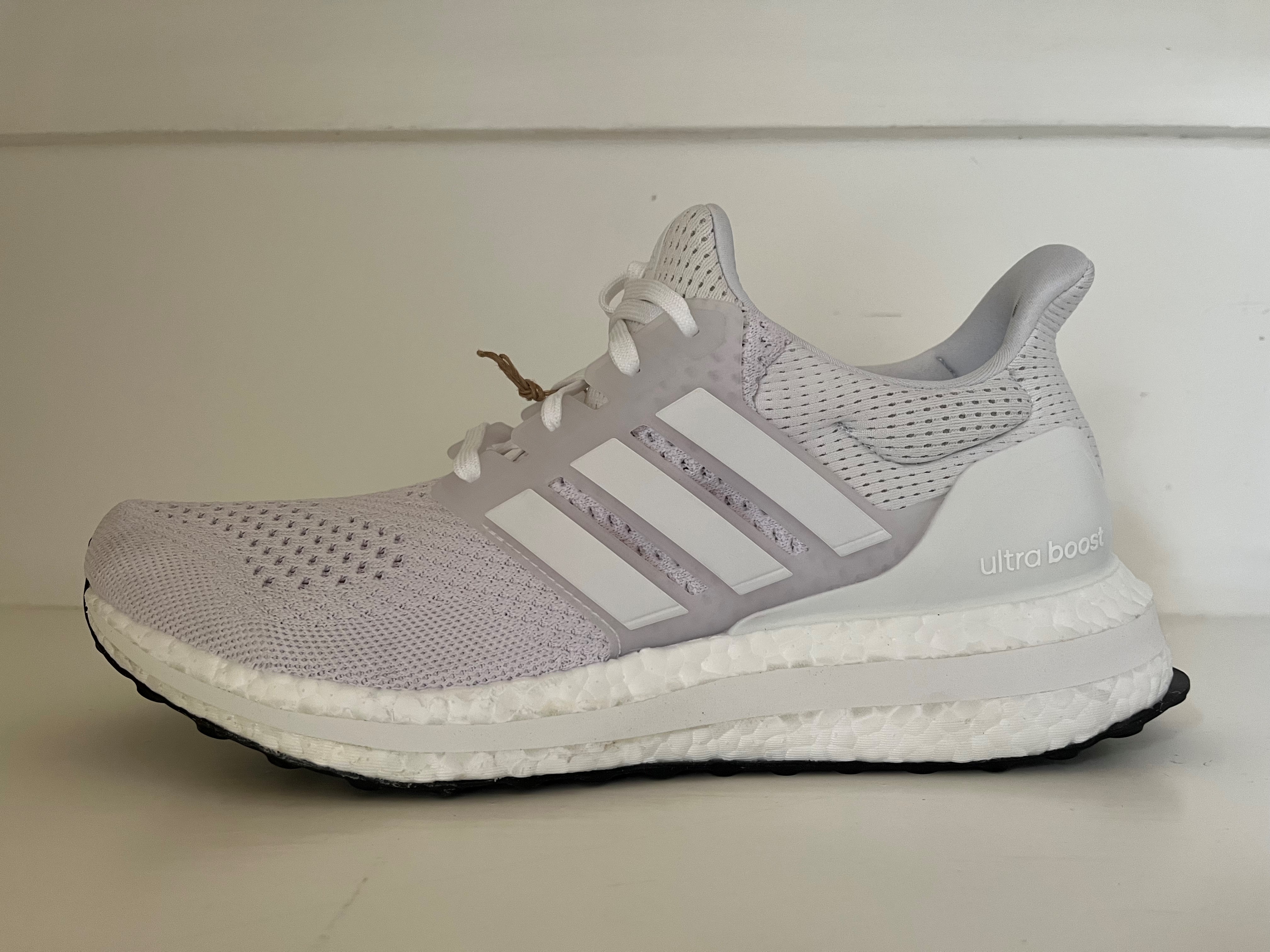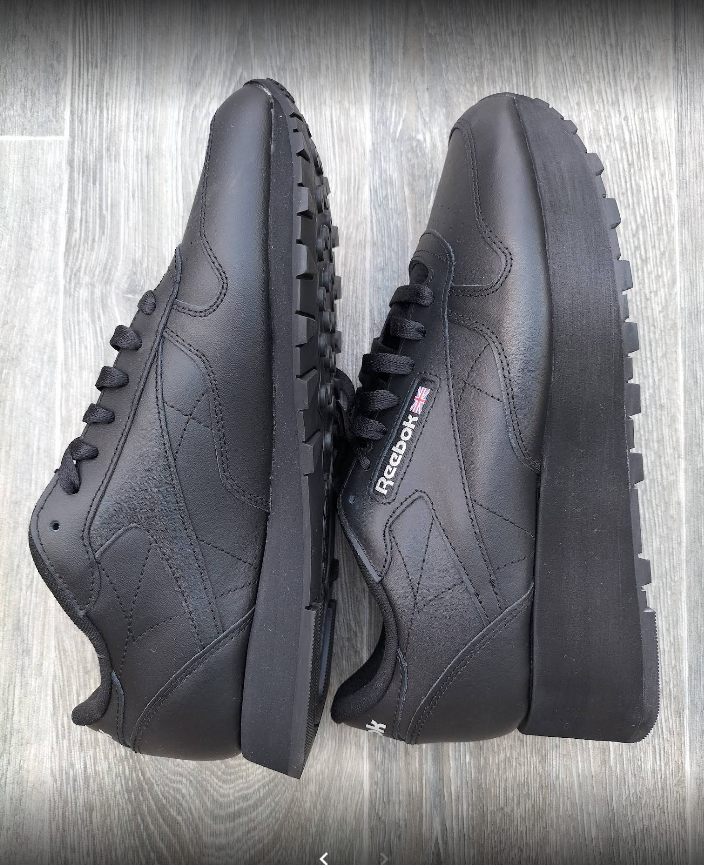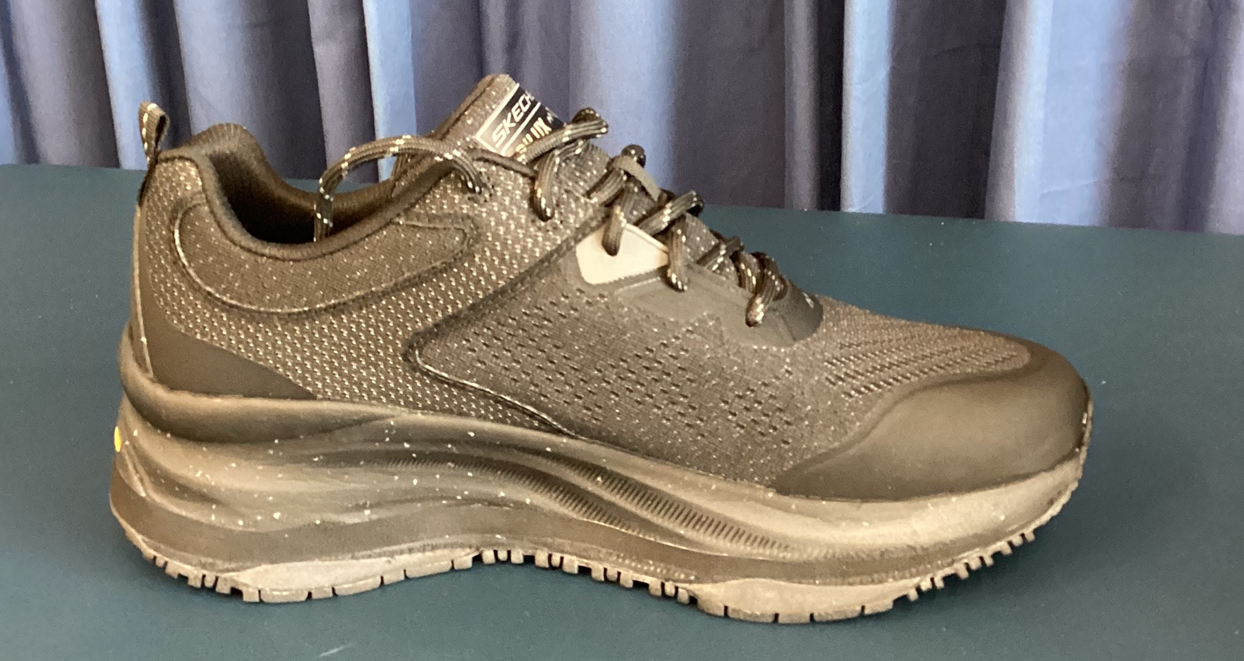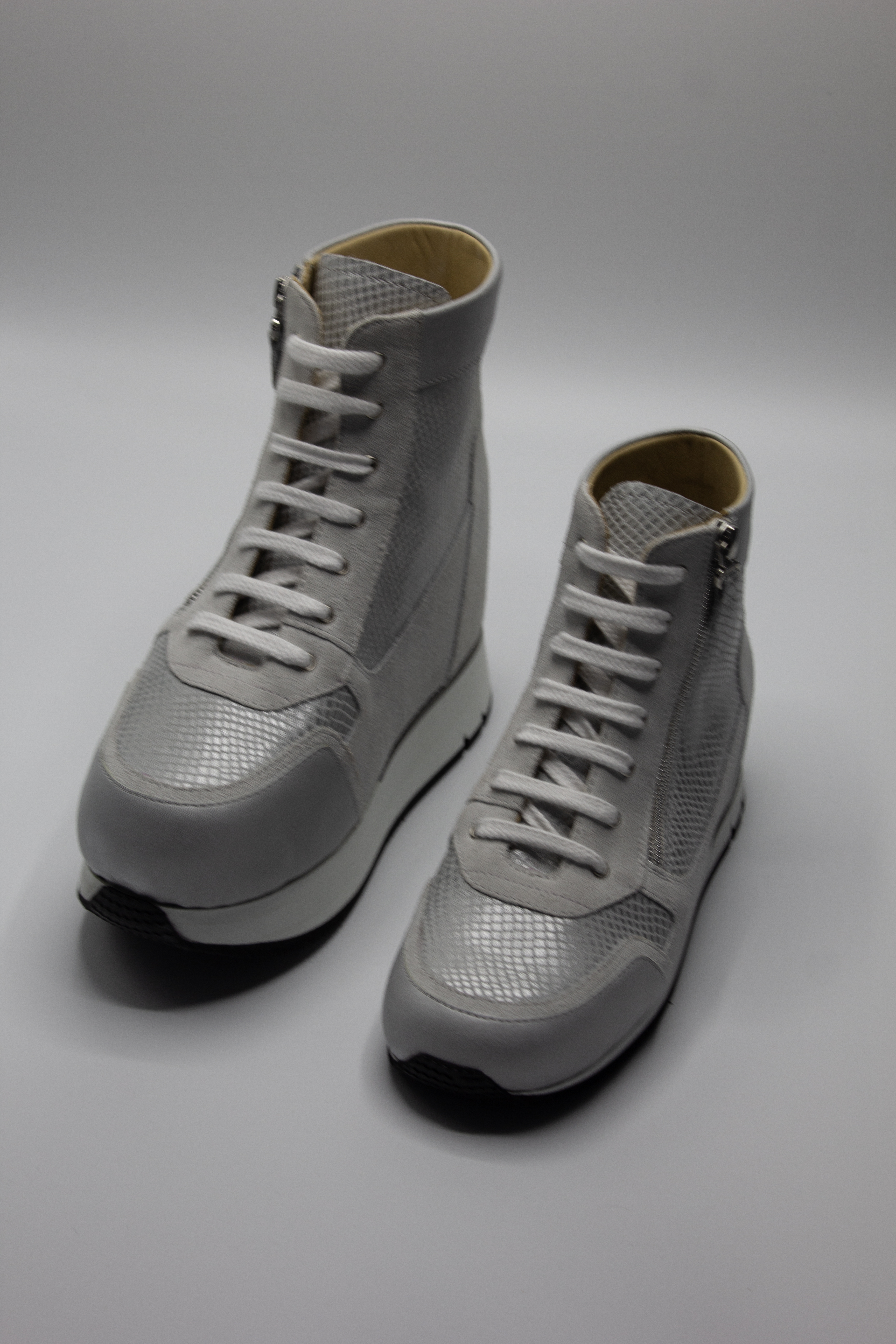Get in touch!
We don't provide our services to anyone else, and we are always available to help when you need us. To contact us, please fill out the following form.
A built-up shoe is an item of footwear that has been altered to provide extra height or support in one area of the shoe, typically under the heel or sole. This adaptation helps to correct or compensate for certain medical conditions, making it easier for people to walk comfortably and maintain balance. It is sometimes called a shoe raise, raised shoe, heel lift, or sole raise.
Built-up shoes can be used to help with a variety of conditions, such as:
When adapting a shoe, it's important to choose a style that will accommodate the added height or structure without compromising comfort or function. Some of the best shoe types for this adaptation include:
A built-up shoe is created by adding material to the sole or heel to provide extra height or support. This modification is carried out by a qualified orthotic specialist, who customises the shoe to meet individual needs for improved comfort and function. The process typically involves:
The result is a shoe that enhances comfort while providing additional support or height, helping to improve walking ability and overall foot health.
In the cases where a larger raise is required (due to a significant leg shortening), we will often split some of the raise internally and some externally. The average amount that can comfortably fit within a shoe is 10mm. Within a boot 15mm can be accommodated. The rest of the raise height would then be fitted externally on the shoe or boot. This makes the external raise thinner and discreet.
To learn more about leg length discrepancies and built up shoes, please visit our Leg length Discrepancy page.
Here is a trainer which has been adapted with a 12mm raise

Here is a trainer which has been adapted with a 20mm raise

This person had an 18mm leg length difference. Here is an example of how we have discreetly managed this with a 10mm external raise (as seen here) and a 8mm internal raise insole.

This person had a significant 80mm leg length discrepancy. Here we have manufactured custom made footwear with 40mm incorporated inside the footwear and 30mm outside the footwear.

At Orthotics.co.uk, we specialise in providing personalised built-up shoe solutions tailored to your unique needs. Our experienced orthotic specialists use advanced techniques and high-quality materials to customise your shoes, ensuring enhanced support, comfort, and functionality. Whether you’re dealing with a leg length discrepancy, foot injury, or other conditions requiring added height, we are here to help.
For more information about built-up shoes or to discuss how we can assist with your specific requirements, please explore our website or contact us directly by sending us a message or emailing us at office@orthotics.co.uk. Alternatively, call us on 0330 088 3949 or book online today.
To get in touch or arrange an appointment, you can call us at 0330 088 3949 or email office@orthotics.co.uk.